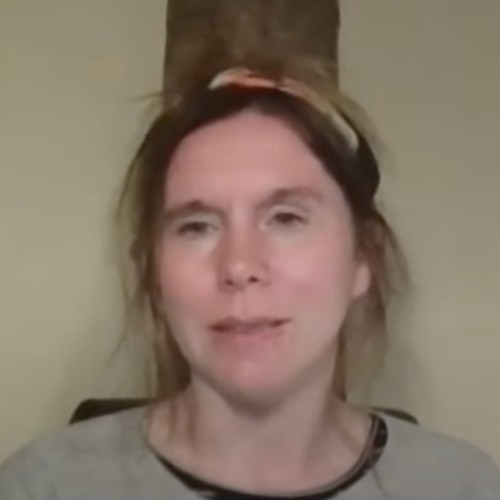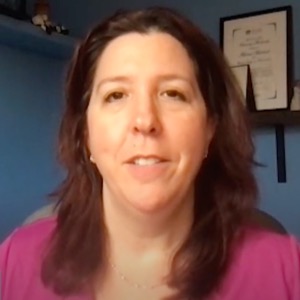March 1, 2015
One of the happiest days of Mary’s life was when she celebrated the birth on her second grandson, Logan. Eleven days later, she would die. She only got to see Logan that one time, the day he was born. Mary needed an aortic valve replacement. She had a severely calcified, bicuspid aortic valve that needed to be replaced. She was an otherwise, healthy 68-year-old with two young grandsons and plans to enjoy her retirement. Had the surgeon just stuck with the aortic valve replacement, she would be enjoying her grand kids today. Instead, the surgeon decided at the last minute to add on a completely unnecessary, very risky procedure called septal myectomy. He provided very vague information about the procedure and we learned after the fact that he himself had very little experience with septal myectomy. We also learned that the assisting surgeon apparently, had very little experience with the septal myectomy surgery as well. So there was absolutely no thought or pre-planning for the septal myectomy procedure. Not surprisingly, the surgeon botched the septal myectomy procedure, leaving a hole in Mary’s heart that could not be closed. In trying to fix his mistake he also cut a chord of the tricuspid valve and had to repair that as well. It seems that he was so in over his head in the O.R. with his mistakes that he had to call in another surgeon.
Unfortunately, due to all the mistakes and extended surgery time, Mary left the O.R. in poor condition which would continue to deteriorate in the ICU. Mary was put on a dialysis machine. She also suffered cardiac arrest in the ICU. Her potassium level spiked suddenly and stopped her heart. To this day, no one could explain why this happened. She was resuscitated but the damage during surgery and in the ICU was too much or her to take. We ended life support 3.5 days after surgery.
To this day, we struggle to understand why this doctor would choose to perform a very high risk procedure that he has limited experience with at the last minute in an attempt to fix an issue that he himself estimates was only 5% of Mary’s problem. When asked why he chose to do a very risky procedure to fix a minor problem, his answer was, “I was just trying to be perfect as a surgeon”. We interpret that as pure ego. The aortic valve replacement alone would have fixed the issue without the septal myectomy procedure.
No matter what the doctor shares about this case, before, during or after, surgery, nothing can take away from the fact that he botched a surgical procedure that he has limited experience with and that didn’t need to be done and this directly resulted in the very poor condition of Mary, post surgery. Also, after the fact, in speaking to a cardiologist we use, we learned that our cardiologist never refers patients to this specific doctor or medical group and this was the case before our family member died.
To make matters worse, the response from the hospital lacked any sympathy and was appalling and pathetic at best. But, finally after a year of trying to get more answers, they did send us a letter that following their own “internal investigation” they came to the conclusion that there “there may be opportunities for improving care” and that the doctor was up for peer review. To add injury to insult, we received a hand-written sympathy card from the hospital with the wrong name for Mary. When we called the number on the card, it was disconnected. This is the only thing the hospital did for us. The hospital and the surgeon clearly preferred to keep this event quiet as they knew it was a bad death so nothing was done about it in regard to us, Mary’s family.
We struggle to understand the thought process and clear lack of proper planning in an already risky surgery. For example….
Why wasn’t Mary provided specific details and risks associated the septal myectomy procedure ahead of time like the other procedures that were done? The doctor has very little experience with the septal myectomy procedure and the assisting surgeon has no experience with the procedure. Yet we know the senior partner surgeon in the group has experience with it so why wasn’t he the assisting surgeon on the case?
Most importantly of all, why is the doctor doing a procedure that is so risky to fix an issue that is 5% of the patient’s problem?
Why didn’t he come and talk to Mary in the pre-op holding area to discuss the procedure and answer any questions? Instead he sent a nurse to get her signature for the septal myectomy procedure. It’s our understanding that this is against the law.
Unfortunately, for more than a year after Mary’s death, we investigated and found out from several cardiologists and heart surgeons that the doctor has a reputation for taking unnecessary risks. The unbelievable grief and frustration and lack of caring haunts us to this day. Perhaps, being a part of your organization is a way to filter or extreme frustration into a positive cause to help educate people on what to ask physicians, how to vet them properly.







